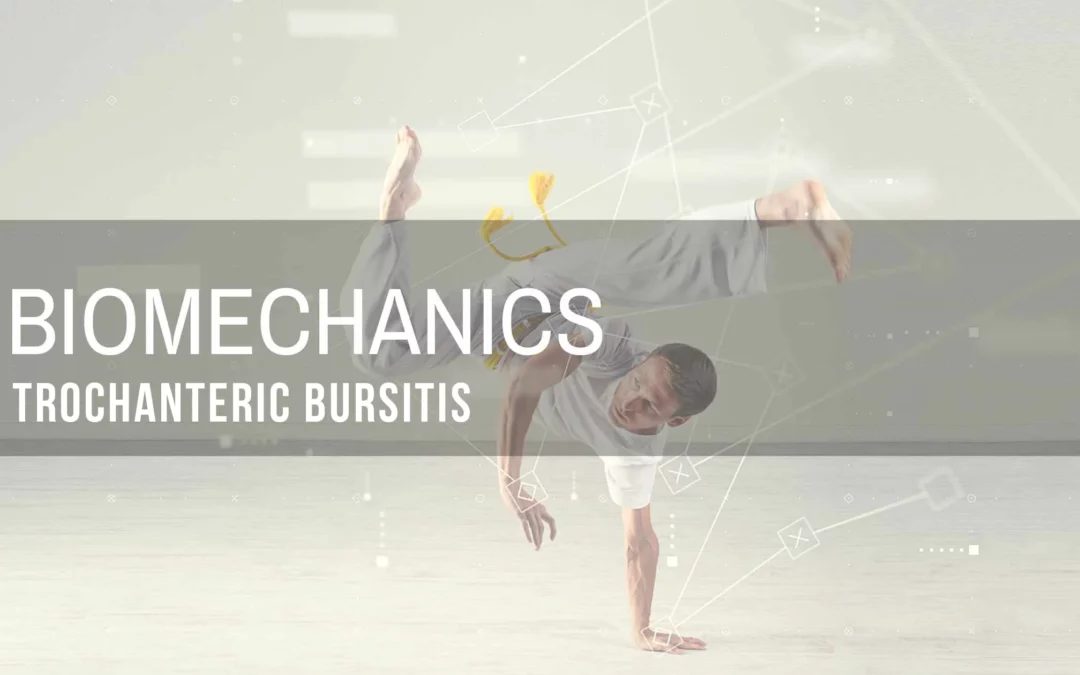What is Trochanteric Bursitis?
Trochanteric bursitis is a common pain cycle associated with the lateral aspect of the hip. It is one component of a greater set of conditions known as greater trochanteric pain syndrome. This condition is thought to involve inflammation of the bursa positioned over the greater trochanter of the femur and underneath gluteal muscle tendons, however some studies have suggested that bursal inflammation does not play a role in this condition, leading to the change in nomenclature. Instead, it is now thought that greater trochanteric pain syndrome is more due to degeneration of the gluteal tendons, as well as the bursa over a longer period of time, resulting in myofascial pain rather than inflammation. Symptoms generally include pain at the lateral aspect of the hip made worse with prolonged sitting, walking, or laying.
What is a bursa?
A bursa is a fluid filled sac positioned between the soft tissue and bone at a joint or muscle attachment, whose purpose is to reduce friction and absorb force through movement. They are widely located throughout the body and can be a source of pain for a variety of reasons.
Causes
Greater trochanteric pain syndrome can arise from a variety of factors, most commonly related to overuse and increased friction and pressure over time. It can also be caused as a result of direct trauma to the lateral hip, training errors, and mechanical overload due to positioning, asymmetrical loading, or leg length discrepancy (functional or anatomical).
How is it diagnosed?
Greater trochanteric pain syndrome is generally a clinical diagnosis, meaning that advanced imaging is not required, although it may be helpful in some cases. After a thorough subjective interview is conducted, objective data is collected. Pain is often associated with tenderness to the lateral hip at the greater trochanter, side lying on the involved hip, passive and active hip abduction/adduction, external rotation, and internal rotation. Weakness with resisted hip rotation and abduction is also a common finding, as well as pelvic drop during gait or single leg standing due to weak glutes.
Treatment
Assess
- Ober’s Test
- Lay on your side with the affected hip up
- Brace the core to prevent pelvic motion and extend the leg slightly behind the other leg and allow it to slowly fall toward the table
- A positive result is pain reproduction at the lateral hip as the leg moves down toward the table OR if the leg is unable to reach the surface without accessory pelvic or low back motion
Mobilize (2 min each)
- Adductors
Activate (2 min each)
- Glut med
- Internal Oblique
Integrate (2 min)
- Single balance with contralateral row




